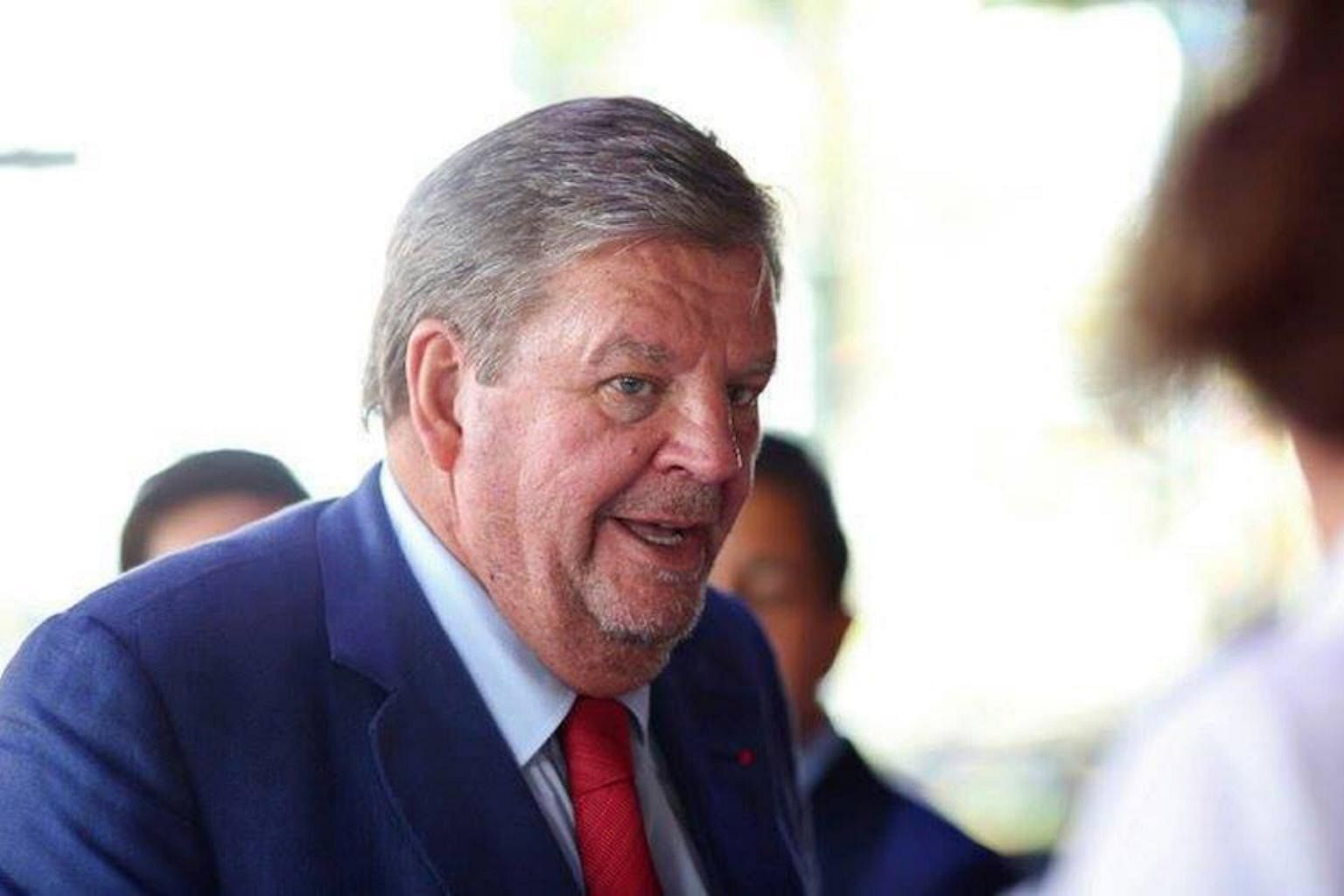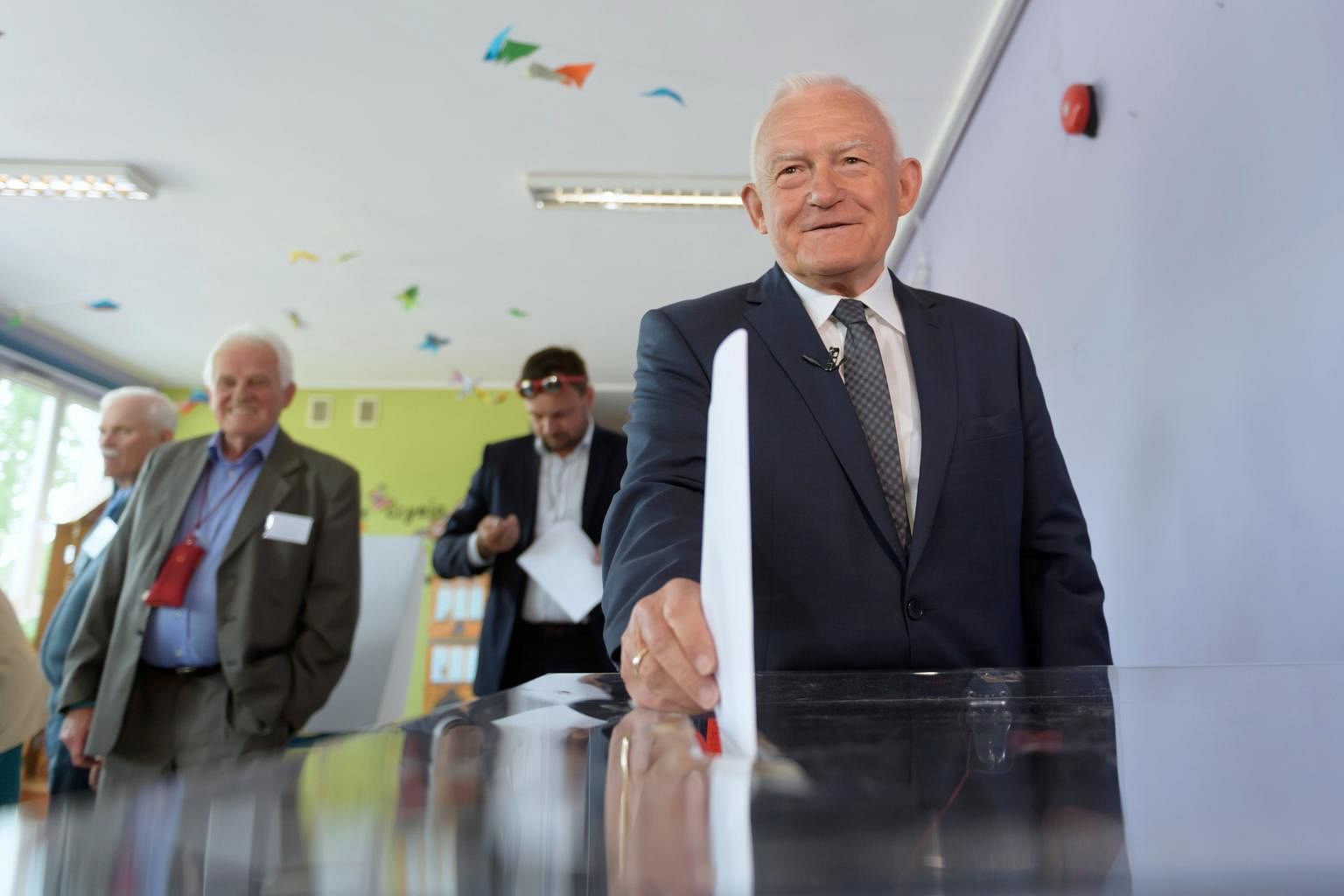
Benson Ang
PUBLISHED FEB 20, 2021
SINGAPORE - With Covid-19 vaccinations under way worldwide, some celebrities, politicians and billionaires have recently been accused of using their privilege to move to the front of the line. Here are six people who have faced flak for allegedly doing so.
1. Kim Lim
On Jan 14, Singaporean socialite Kim Lim, daughter of billionaire Peter Lim, posted on Instagram that she received her first Covid-19 vaccine. Accusations that she jumped the queue came fast and furious.
But according to website 8 Days, the entrepreneur owns three medically licensed aesthetics clinics. This means she and her staff are within the healthcare sector, which is prioritised in Singapore's Covid-19 vaccination programme.
Ms Lim also said as much in her Instagram post: "For those wondering why we can take first, it is because we are considered (to be in the) healthcare sector as well. We have GP (general practitioner) clinics too. So those working there are eligible."
She explained to 8 Days that her doctor friends had told her: "Kim, you are the boss. You need to show your staff that it is okay to take the vaccine. If the boss is scared, then the staff will also be scared."
The 29-year-old added that it would have been "strange" if her staff had been vaccinated and she had not. She said: "In my company, we believe in 'all for one and one for all'. We are in this together."
2. Johann Rupert

South African billionaire Johann Rupert, whom Forbes lists as the fourth-richest person in Africa, was among the first to be vaccinated in Switzerland before the official launch of the local vaccination programme.
The tycoon reportedly flew to Switzerland in December 2020 and was vaccinated at a Swiss private clinic under the Hirslanden hospital group in the canton of Thurgau.
The group is owned by South Africa's Mediclinic, of which investment holding company Remgro holds a 45 per cent stake. Mr Rupert is chairman of Remgro.
Last month, the billionaire rejected the accusation that he jumped the queue, saying that as he is 70 years old and has co-morbidity issues as defined by Swiss law, his physician arranged the vaccination for him.
The Hirslanden hospital group also said it had permission to administer vaccines to "test subjects of their choice" before the vaccination campaign's official start.
3. Leszek Miller

On Dec 30 last year, when Covid-19 vaccines in Poland were available only to front-line healthcare workers, their families and parents of newborns, a former premier got his vaccination despite being none of the above.
Mr Leszek Miller, 74, was prime minister of Poland between 2001 and 2004 and is now a member of the European Parliament. Unsurprisingly, many were outraged at the news.
Mr Miller later explained to Polish media that he got the shot because he was a long-term patient of the Medical University of Warsaw's medical centre, which conducted "out-of-sequence" vaccinations.
He said on Polish news channel TVN24: "I am just a patient. Not the prime minister, but the patient. And the additional doses (given to the university) could be used, among other things, by the families of employees and patients of university institutions."
4. Miguel Angel Villarroya

Spain's top general resigned last month after allegations surfaced that he had received the vaccine before priority groups.
Around that time, news agencies reported that General Miguel Angel Villarroya, who was Spain's chief of defence staff, and other senior military officers had already received their jabs, sparking widespread indignation.
In a statement on his resignation, the country's defence ministry said Gen Villarroya "took decisions which he thought to be correct" but which "damaged the public image of the armed forces".
He is not the only Spaniard to have jumped the queue. Several local mayors have acknowledged that they received vaccinations before their turn, while the regional health chief of Ceuta, a Spanish autonomous city on the north coast of Africa, said he got vaccinated early under pressure from his staff.
5. Rod and Ekaterina Baker

The casino mogul and his actress wife went out of their way to secure their Covid-19 jabs - and it cost them dearly. Mr Rod Baker was forced to resign from his position as the chief executive of casino firm Great Canadian Gaming Corp (GCGC).
The 55-year-old and his spouse, 32, who reportedly live in a suite at a posh hotel and condominium in Vancouver, had travelled to the Canadian city of Whitehorse and taken a private plane to Yukon, a remote territory with a faster vaccination rate compared with the rest of Canada.
There, they posed as motel workers to get the vaccine, but their ruse was uncovered when they asked to be taken to the airport straight after the shot.
The couple were charged with failing to quarantine for 14 days on arrival in Yukon. They were also fined and forced to walk back to the airport as none of the residents in Beaver Creek community was willing to give them a ride. In addition, GCGC told BBC last month that Mr Baker is no longer affiliated in any way with the company.
Its board of directors has "no tolerance for actions that run counter to the company's objectives and values", it added.









